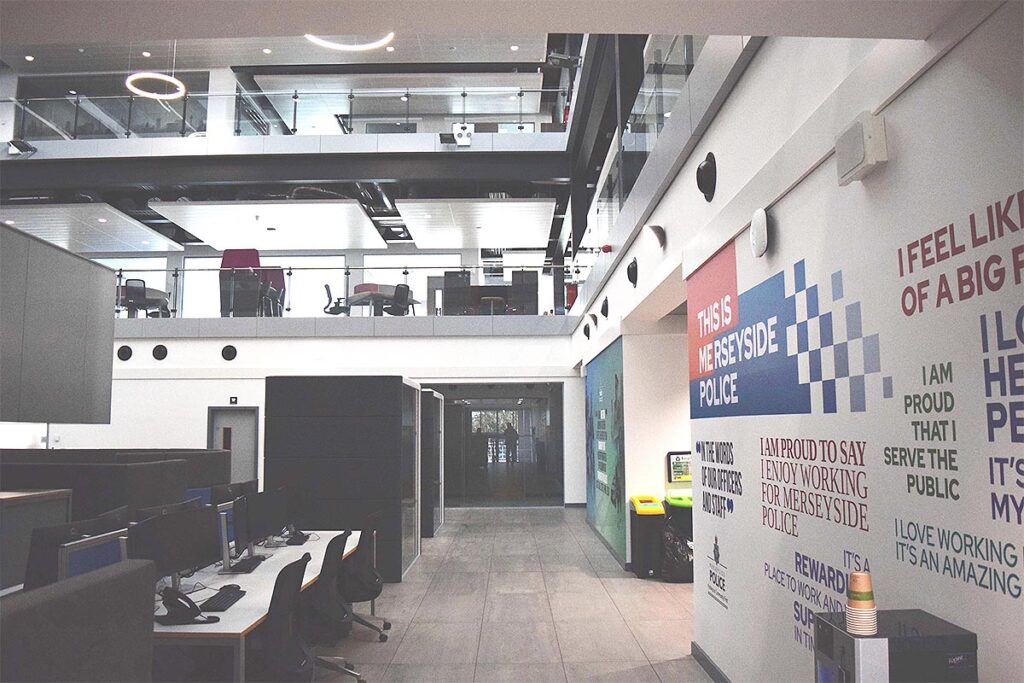We face a dilemma: the need to reduce a building’s carbon footprint to achieve the net zero 2050 ambition, set alongside the reality that most projects today involve the re-imagining of existing buildings thereby limiting the possibilities available from starting with a blank page.
In an ideal world, to address the ventilation and energy efficiency of a building, we would utilise the greenest of green technologies- natural ventilation. No energy utilisation. But the practicalities of everyday life, especially with commercial buildings, mean that is not practical.
As we build higher- In London alone, there are almost 600 buildings over 20 storeys high currently under construction – we face greater problems of designing effective, efficient HVAC solutions to deal with the physics of air movement within and around the structure.
To optimise energy efficiency- keeping warmth in- we build tight. But we also have to ventilate right. Otherwise we create a sealed envelope. The building fabric as well as its occupants need to breathe, and breathe clean air. The focus falls on the type of HVAC system- heat recovery, hybrid, air conditioning, fan coil et al.
HOW that air circulates within is often overlooked, yet it is critical to the performance of the building- and its occupants. And with a little thought about the air circulation devices (ACDs), the energy efficiency and therefore BREEAM etc rating can be enhanced.
IT’S A MATTER OF WHAT AND WHERE
Each space within the building has its own specific issues and criteria. In a foyer we need to minimise the heat lost through the frequent opening of the main door. In an office, we need to ensure occupants have the right quantity and quality of fresh air without being in a draught. In a hospitality venue, we need to address cooking odours. In a gym, the risk of other odours and excess moisture from high levels of activity- the list goes on.
SOME EXAMPLES
Strategically positioned and aligned linear slot diffusers are a great option by the main entrance to a foyer or atrium. They create an invisible curtain of air to help counteract the impact of air movement and heat loss through the doorway. Alongside large glazed areas, they similarly help balance the air, reducing condensation accumulating as the warm internal air hits the cooler external façade glazing. Their latest evolution is a thermally-activated version, which adjusts airflow direction within seconds of detecting a variation to the preset, thus maintaining the ambient internal conditions, and all without any energy consumption!
 Merseyside Police Headquarters
Merseyside Police Headquarters
In areas where a high degree of hygiene is required- operating theatres, laboratories and clean rooms- laminar flow diffusers provide an equalised turbulence free input of air into the treated zone creating a vertical air projection with little in the way of back drafts or inter-mixing. In this way a clean un-contaminated air zone can be supplied to surround critical areas.
In commercial buildings with suspended ceilings, perforated face diffusers blends into the structure whilst ensuring 50% free ventilation area for supply or extract.
In large zones where spot heating or cooling is needed- factories, airports, theatres etc- drum louvres deliver the high air throw necessary to cover the distances.
Step diffusers in set into risers in auditoria- where you have large numbers of people but little movement- introduce air at low velocity and low volume over a wide dispersal area thereby maintaining the air quality without uncomfortable draughts.
It’s not just about the air quality within a building however. It’s about the overall ambience too. The choice of ventilation grilles and diffusers can play a significant role there also, whether you choose to blend them into the background or make a feature of them.
Manufacturing advancements mean you can influence not just the colour and finish, but the effect: metallic, marble, stone looks can all be achieved. Then there is the face plate of the swirl diffuser: now, it’s possible to design the perforations to complement- with logos and brand identities. Grilles can be overprinted similarly. In exposed ceilings where a coanda plate is added to the swirl diffuser to optimise performance, that plate can be made from almost any material you like. If you are feeling really adventurous, you can illuminate it!
So yes, we do need to design with energy efficiency and carbon reduction at the forefront of our minds, but it doesn’t mean design has to be compromised. The key is always to utilise the skills available to you. Work with specialist consultants and manufacturers to fully appreciate that those grilles and diffusers-which often don’t even figure in your thoughts let alone your sketches, blueprints- can make the make your building work well and feel a good place to be!